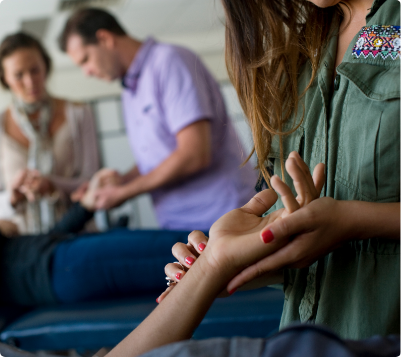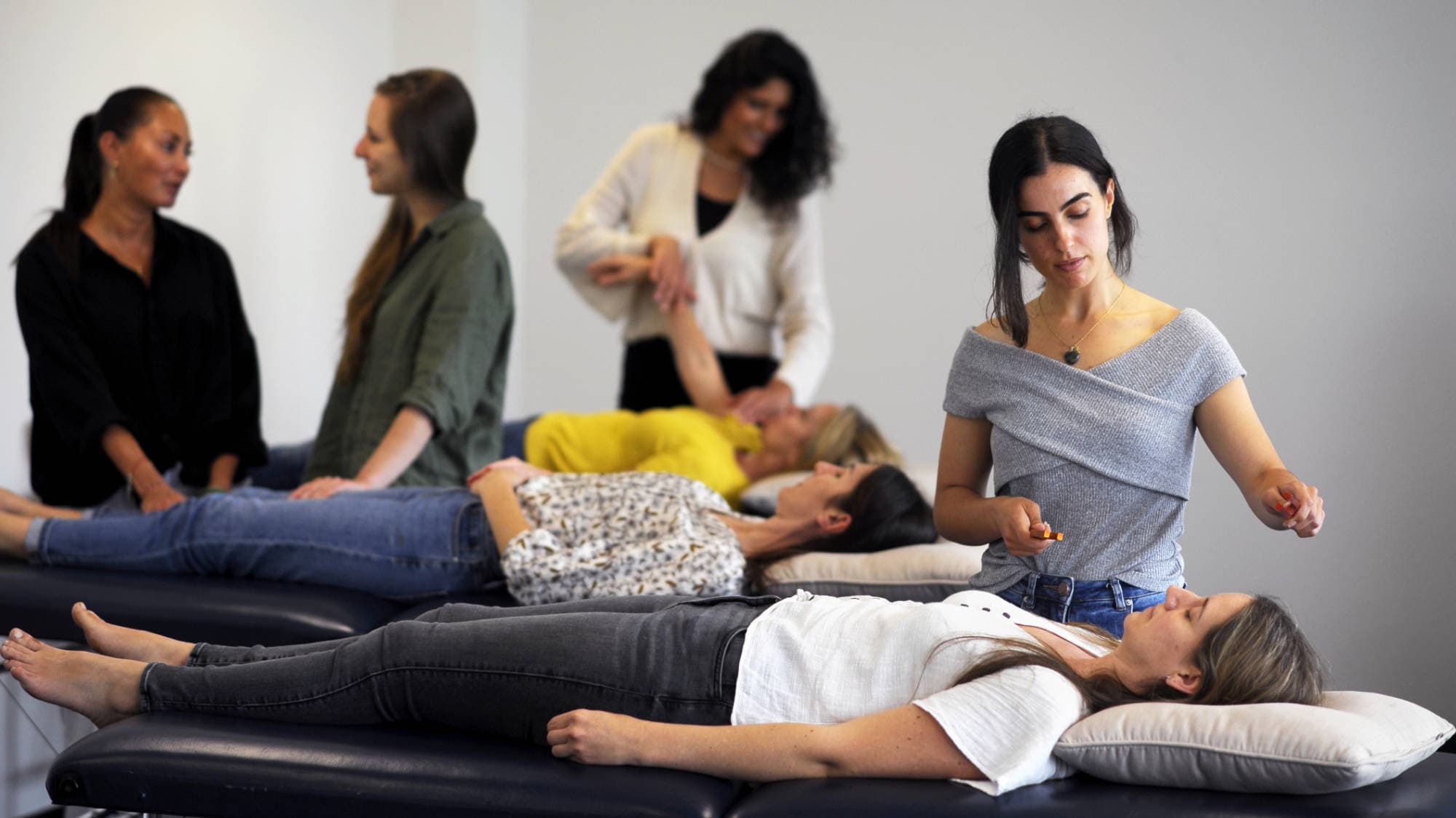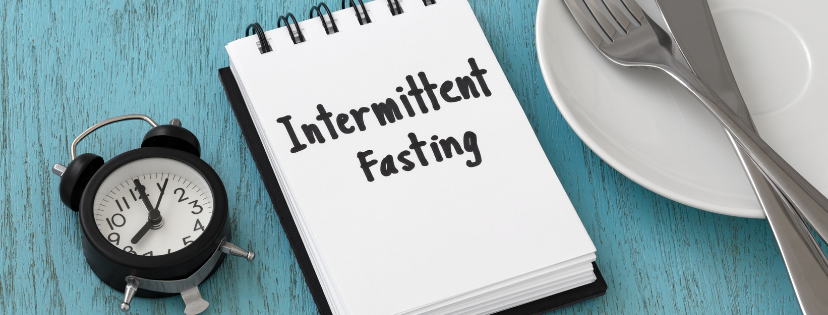Written by David Corby.
Transforming children with learning difficulties using holistic kinesiology
They’re missing!! Says a distraught Robert, 3 years old, looking at a packet of pens with one missing. 15 minutes before Robert had entered my clinic room pacing around the room, avoiding eye contact, with no hello, just an edgy look from side to side, as he watched for signs of danger. This vigilance was common for Robert in every new situation. Change or newness was very stressful for him.
If he spilt orange juice, which occurred frequently because of his lack of coordination and focus, he had a major melt down and could take hours to calm down. He clung to his mother, was forever moving, and had trouble socialising with kids of the same age. His mother was concerned because he got distraught regularly, talked about being sad and had difficulty calming down. He seemed forever hyper-alert. A psychologist had suggested that he was in risk of becoming obsessive compulsive.
All this changed in a matter of a couple of hours – in his mother’s words: “you helped our little boy find happiness within himself. Until that point, Robert had spent his young life in constant stress and requiring constant reassurance about his world. Everything was a drama for him. However the weekend after Robert’s treatment my husband and I spent the time seated on our lounger with tears in our eyes as we watched our little guy move his body, dance, and play in ways we’d never seen him do before. He had truly found joy.”
This article describes what prompts this behaviour, and what can be done to transform it. Cases like this are seen every day in a Holistic Kinesiology clinic. It affects not just kids but also adults. Adults might find, for example, that they have difficulty concentrating, get angry, withdraw or freeze under pressure. All these are survival responses to stress.
This pattern is typical of a child in ‘survival’ mode. Other symptoms of a child in survival can be:
- Lack of focus
- Hyperactivity or hypoactivity
- Poor coordination and balance
- Breathing and digestion difficulties
- Problems socialising
- Sleep difficulties
- Stuttering
- Learning difficulties
- Fussy eating patterns
- Over-sensitivity to light, sound and motion
In my experience a lot of learning difficulties and behavioural problems are prompted by children and adults remaining in survival. Stuttering, poor coordination, vision and hearing problems, hyperactivity, Asperger’s, and even autism can be improved by addressing survival – in effect toning down the sensitivity of the person’s nervous system. Survival also affects many other aspects of health, particularly movement and body structure. Poor posture, back and knee pain can result from people remaining in constant survival stress.
WHAT IS SURVIVAL AND HOW DOES IT AFFECT KIDS?
Survival is the body’s natural response to perceived danger. Under pressure we have pre-programmed responses – rage (fight), withdrawal (flight), freeze, anticipated pleasure (seeking behaviour) and vigilance. In psychology these responses relate to fear, anger, anxiety, addiction and being stuck (procrastination). The purpose of these responses is to help the body survive dangerous situations.
Have you ever had a car accident or major trauma? Very often people can recall the accident in vivid detail as their senses were heightened by the stress of the event. Afterwards they may experience shock and have difficulty thinking clearly. These are all survival reactions.
What is not so commonly realised is that a lot of behavioural problems can be survival based. For example, in the heat of an argument your partner might just take off or go into a rage or be unable to think clearly. Or when you are making a speech you may forget your words, start stuttering or find it hard to speak clearly. In children they may withdraw under pressure (e.g, run away from perceived threats) or when they feel cornered they may lash out and be violent.
Survival responses affect the body’s function, prompting a range of physiological responses including:
- Raised heart rate and blood pressure;
- The release of adrenalin which raises blood sugar levels as the body prepares to run away;
- Shallow and rapid breathing;
- Reduced digestion.
These responses are useful as a short-term reaction to danger as the body is ready to move quickly and run away from danger. Such a response may be good if you are confronted with a snake or a bully in the playground. However, if this pattern is repeated consistently it can lead to long-term health problems.
For example, constant survival stimulation will affect digestion and breathing – making kids more susceptible to breathing difficulties, skin conditions, allergies and food intolerances. Also continued adrenal stimulation produces larger blood sugar swings (the ‘Somogyi phenomenon’) – prompting cravings for sweet foods and sugar. These kids often have poor diets as a result.
Have you heard parents and teachers say ‘why did you not think first?’ The truth is that in survival it is very difficult or impossible to think clearly. Survival prompts important changes in brain function. The subconscious survival centres of the brain take over from our conscious reasoning centres. We respond out of ‘instinct’ rather than thought.
In technical terms the parts of the brain that are responsible for our automatic subconscious responses to danger take over – the amygdala, cerebellum and brain stem, while the conscious reasoning and thinking areas – cortical brain function – are switched down.
This has several effects. The most important is that kids become hyper-alert, responsive, and active. This comes at the expense of being calm, thinking and reasoning. For example they become more sensitive to sounds and lights.
Imagine how it would be if you were in a constant state of alert. If, as a child you were afraid of the dark you may remember how you felt when outside in the dark – every sound, movement, crackle would make you jump. This is what it can be like all the time if you are constantly in survival.
Kids are naturally joyful when out of stress. One of the most rewarding aspects of working in this area is that you see children transform as they wake out of the darkness of survival and find joy again.
WHAT CAUSES KIDS TO BE IN SURVIVAL?
Many factors prompt survival responses: disease, ill health, psychological and emotional stress. For example survival can be prompted by the near death of a parent or sibling, the illness of their mother, separation from the mother at birth, ill health (e.g, leukemia), birth trauma, head injury, intense psychological trauma experienced by the mother while they were in utero, the divorce of their parents, and by physical trauma or abuse. Parents sometimes blame vaccination. Less extreme events can also trigger survival responses depending on the person or circumstances.
In Robert’s case survival was probably triggered by the stress of being separated from his mother for an extended period after his birth, while she recovered from complications. Sometimes the cause is difficult to pinpoint, for some reason the child just seems more sensitive and responsive to what, for other children, would be normal daily stressors.
For some people the response becomes ingrained. Instead of returning to a calm state after they recover from an event or illness they stay locked in survival. I think this is partly due to them becoming overly sensitive to their environment. If you are overly-sensitive, the constant stimulation of noise, movement, light and touch can be enough to keep you in survival.
This is the cycle that develops. The trauma increases their sensitivity, which leads to them to be over-stimulated and stay in survival.
First there is the initial trauma – They become alert, sensitive and reactive – They are then over-stimulated (by that by noise, lights, touch, smell or taste) – Again this triggers survival responses – Keeping them overly alert – Which means they are then constantly over-stimulated – triggering survival responses – and so on, and so forth.
From a neurological point of view the constant state of arousal experienced by the child means a few key hormones – particularly GABA and serotonin – are in short supply.
THE IMPORTANCE OF PRIMITIVE REFLEXES
When a person with learning difficulties enters a Holistic Kinesiology clinic their neurological function is assessed in a range of ways. One of the most important is the assessment of movement, coordination and balance. Movement is integral for learning and a person’s degree of coordination tells the practitioner much about their level of brain integration.
Standing and walking takes a lot of neurological coordination. If you watch an infant trying to walk you can appreciate what an immense effort it takes to coordinate the legs and torso to walk upright. To make it easier the brain makes use of pre-programmed responses called ‘postural reflexes’.
When a person is in survival these postural programs can be difficult to access as the more primitive areas of the brain become more alert. The brain instead sometimes makes use of its original basic programs – the ‘primitive reflexes’. The problem with using these primitive reflexes is they are not suited to upright activities like walking and sitting. They were developed in utero to enable us to be born and perform basic movements and tasks (e.g, suckling).
Some of these primitive reflexes are our most basic survival reflexes. Under duress we can go back to making use of them. For example, people who have experienced trauma are often found rocking to and fro as they try to come to grips with the shock of the event. The rocking motion relates to one of the survival reflexes – the startle (‘moro’) reflex.
A primitive reflex may stay switched on – ‘retained’. A retained reflex affects behaviour as well as movement and balance. In Robert’s case his startle reflex was very active. His mother also noticed that when confronted with a new situation he would like to hold something in his hand. This clenching of the fist is a way of activating the palmar reflex, the reflex that allows a baby to grip your finger. This reflex is useful because it tends to turn down the startle reflex, enabling Robert to tolerate the new situation without running away. These active reflexes were a major contributor to his poor coordination and balance.
It is hard to tell whether the person remains in survival because the survival based reflexes are retained or whether they still retain the reflexes because they are in survival. When I worked on Robert’s retained startle reflex his behaviour changed almost instantly. His mother was so happy that she rang the clinic in tears of relief. Sometimes work on primitive reflexes can take time to consolidate as the brain has to learn to function using other more complex postural reflexes. It can take a couple of months for the brain to make these new neural pathways. However at other times the response is like Robert’s – you can witness an almost instant change as a block is removed and the child accesses the postural reflexes that were available, but for some reason unused up to now. So when I work on survival I particularly focus on assessing the person for any retained primitive reflexes. I then use movements and acupressure to help inhibit the reflexes. This approach is amazingly effective at helping children improve function and find peace.
THE HOLISTIC KINESIOLOGY APPROACH
Kinesiology is literally the study of body movement. It describes a complementary medicine that studies movement – both in terms of assessing coordination and function as well as static muscle assessments – in order to get feedback, provide understanding and find an appropriate solution to a client’s issue. This natural feedback process allows a Kinesiologist to go underneath the conscious or obvious symptoms to isolate the causal factors. The client guides the session through his or her own muscle response. The solution is tailor made for the client by the client’s own body-mind.
Holistic Kinesiology is a very broad form of kinesiology that makes use of most areas of complementary medicine. Like all natural therapies, Holistic Kinesiology aims to improve your health and well being by stimulating your body’s own healing potential.
Use is made of aspects of virtually every area of complementary medicine, including acupressure and Chinese medicine, movement therapy, primitive reflex therapy, skin and muscle stimulation, trigger points, nutrition and diet therapy, blood and lymph reflexes, various forms of counseling, homeopathy, energetic medicine and aromatherapy.
THE ROLE OF ACUPRESSURE IN IMPROVING LEARNING
Holistic Kinesiologists use acupressure extensively to help improve brain function. Holding acupoints stimulates the brain to release calming and positive hormones. If we have a client perform a stressful or difficult task while holding points, the brain will start to associate calmness with the task instead of stress. This helps them perform the task. This approach works for many types of problems, including reading, writing, coordination, decision making, speech, hearing, smell, touch, balance, memory and emotional trauma.
FINDING JOY AGAIN
Kids are naturally joyful when out of stress. One of the most rewarding aspects of working in this area is that you see children transform as they wake out of the darkness of survival and find joy again. If you have a child that is sad, anxious, angry or depressed it would be well worth having their reflexes and brain function assessed.
CONCLUSION
The body is pre-programmed for survival to react to major stress. If it remains in survival the body’s health and wellbeing are affected. Using Holistic Kinesiology kids and adults alike can awaken from this over reactive state to open again to the joy of living.
David is CEO of CCM, teacher of holistic kinesiology and mind body medicine and published author of ‘Finding Joy Within’, ‘Energetic Protection’, ‘Neuropressure’ and numerous accredited courses. David is a registered Acupuncturist, a mind body practitioner and holistic kinesiologist. A world renowned lecturer who teaches in Australia and overseas.


